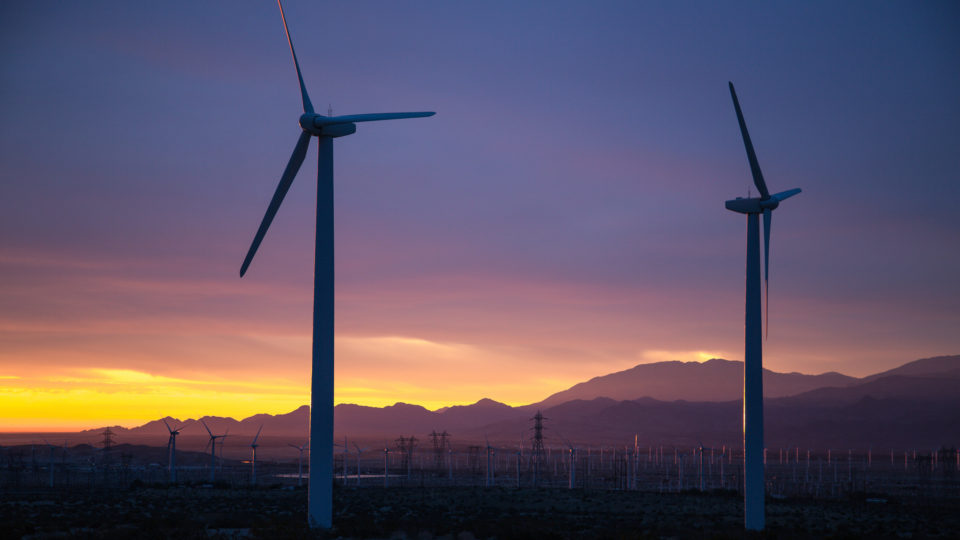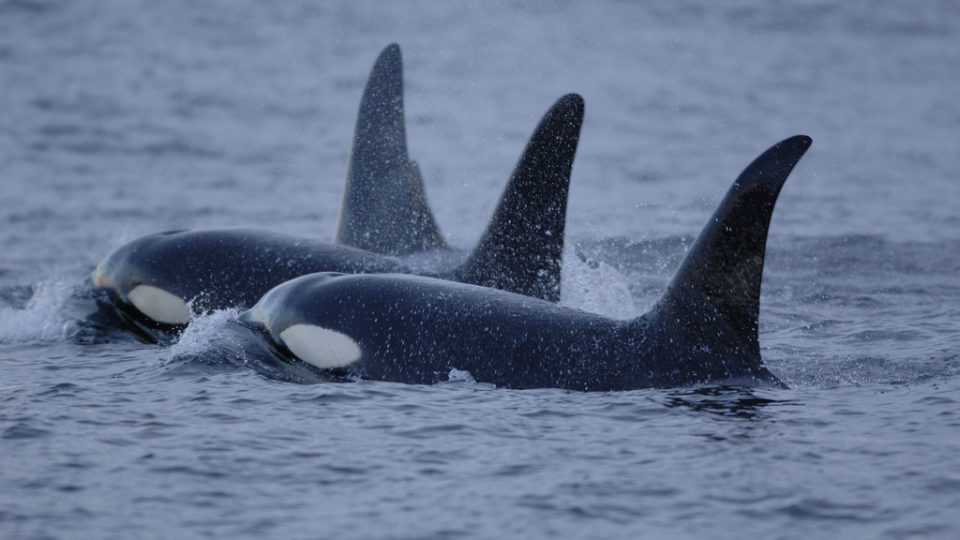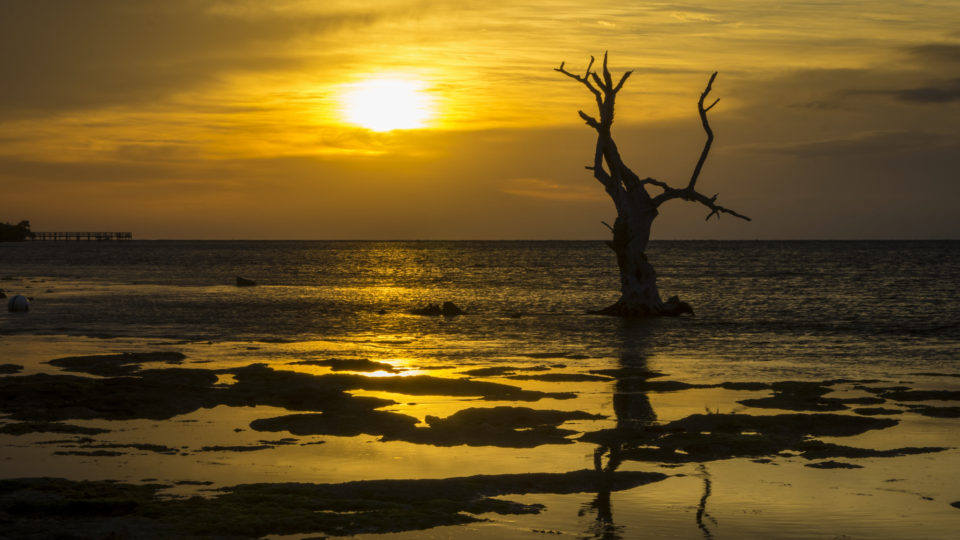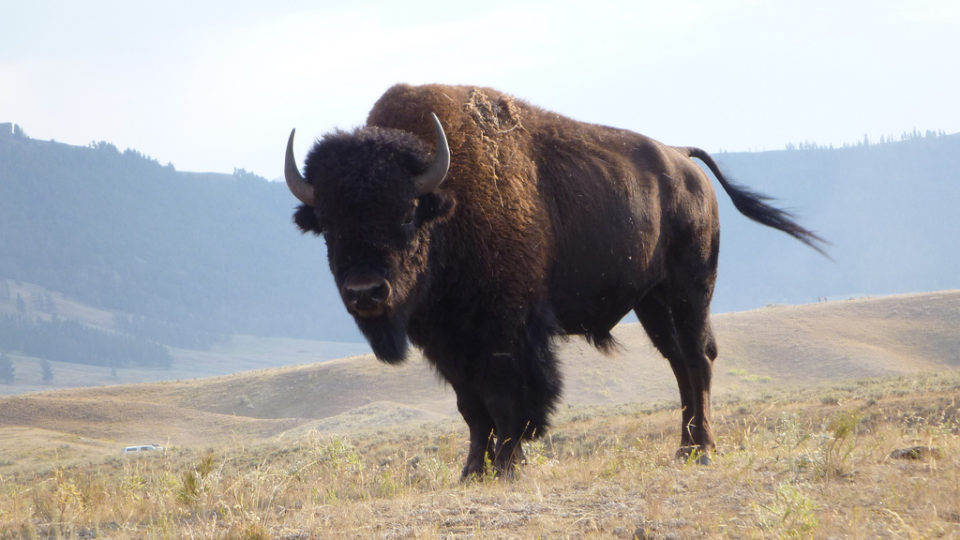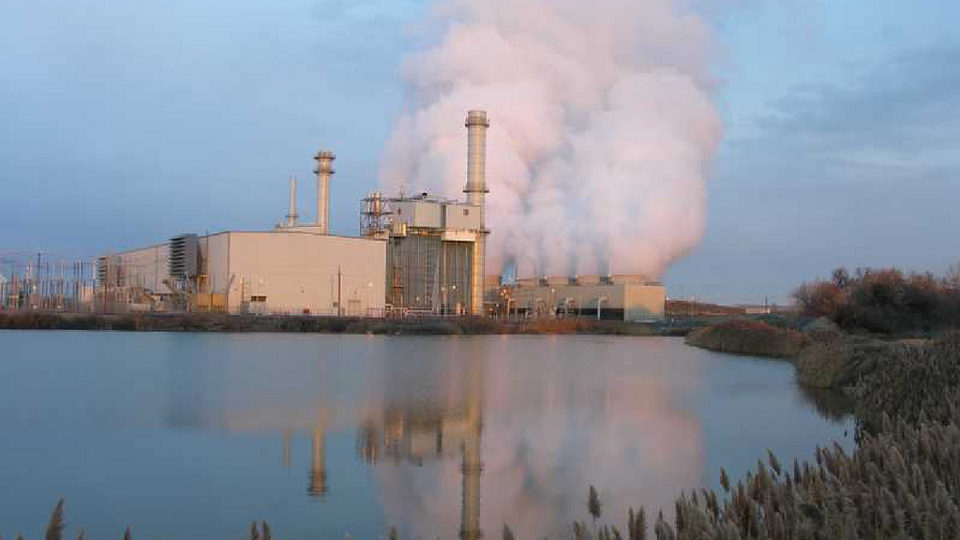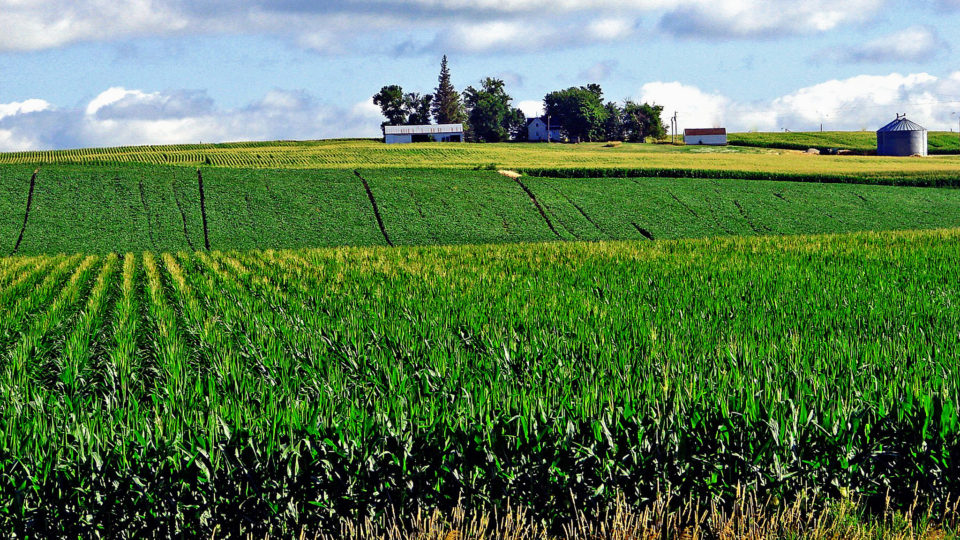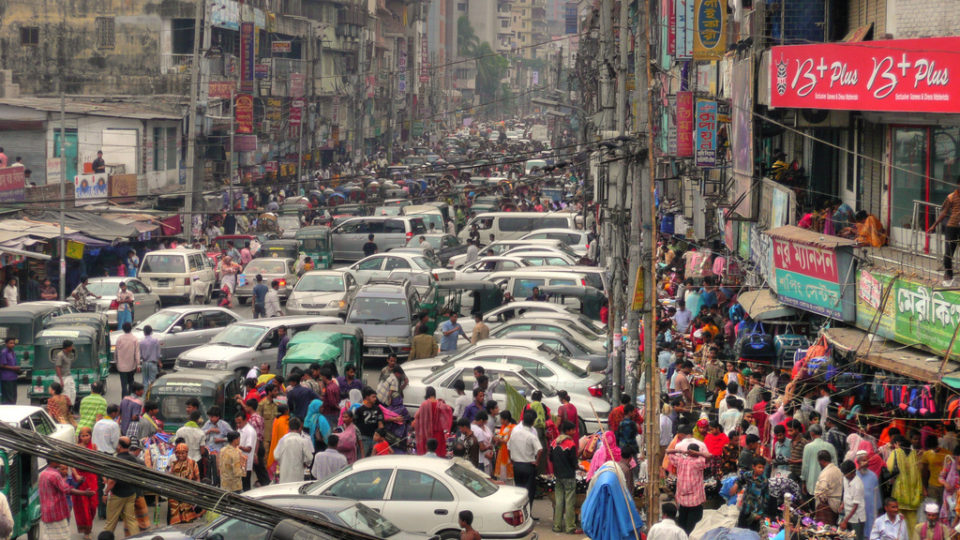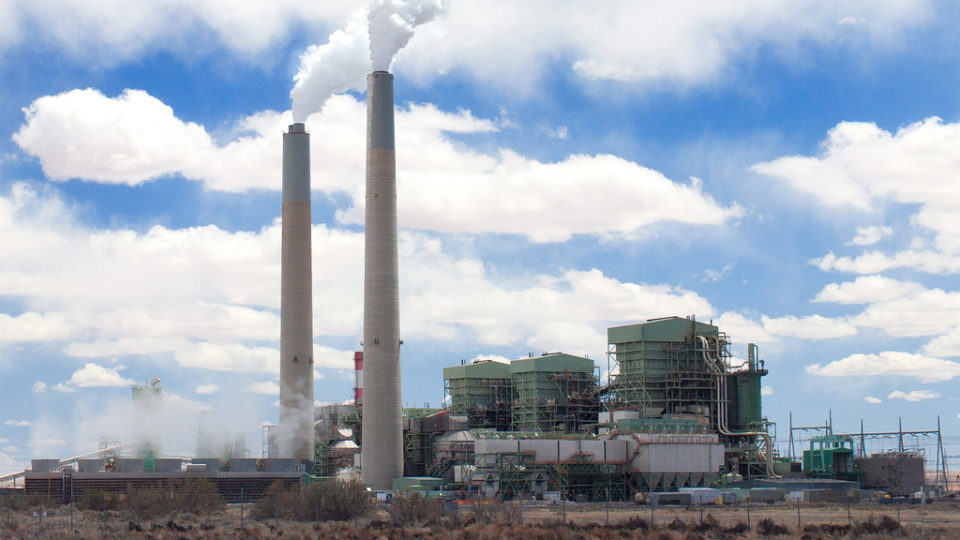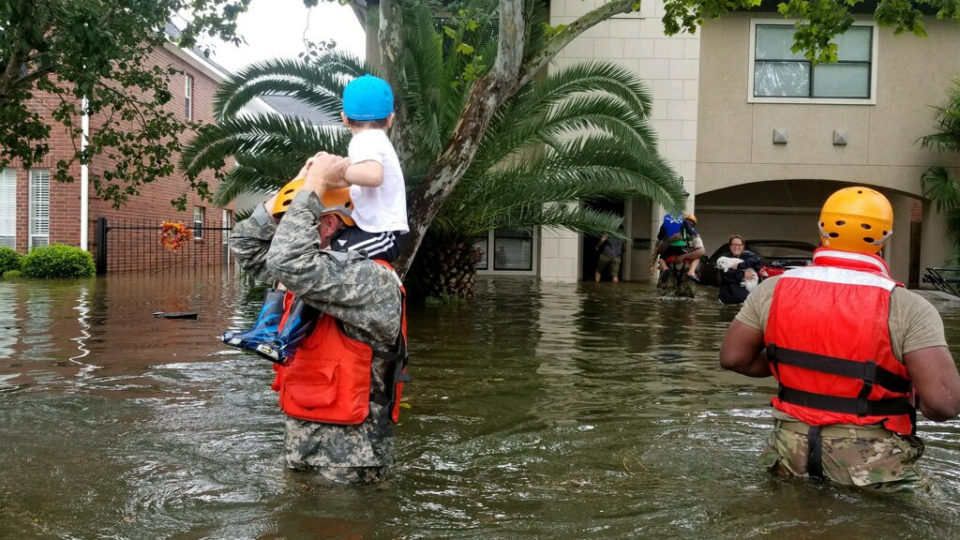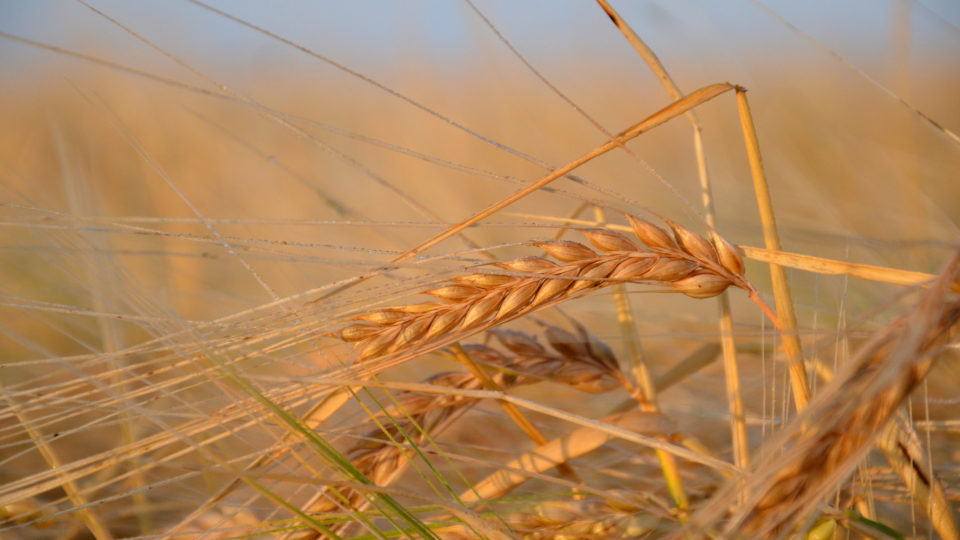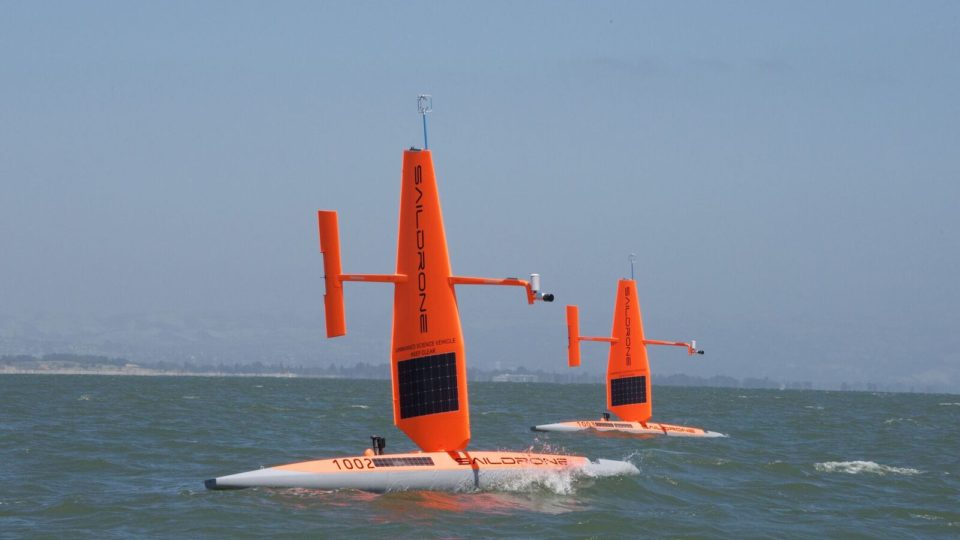study
Audio Player
Environmental Impact of Wind Power
Audio Player
A recent study by Harvard University researchers published in two papers looked at the environmental impact of installing sufficient wind power to meet all the energy needs of the US. While doing so would be far better for the environment than burning coal, it would not have negligible impacts.
PCBs And Killer Whales
Audio Player
PCBs belong to a broad family of man-made organic chemicals known as chlorinated hydrocarbons. PCBs were once widely used in electrical equipment like capacitors and transformers, as well as in paints, dyes, and heat transfer fluids.
Clean Water In The Corn Belt
Audio Player
Iowa is grappling with a growing battle over the integrity of its water. Nitrogen and phosphates have been flowing in ever-increasing quantities into Iowa’s public water supplies and dealing with the problem has become a major political issue in the state.
Where Does The Plastic Go?
Audio Player
The glut of plastic in the oceans is a global problem. About 9 million tons of plastic enter the oceans each year. Much of it is discarded fishing gear, plastic bags, and other macroscopic objects. But a great deal of it is in the form of microplastics or small particles. Some microplastics come from cosmetics and other products containing them but a lot of them are the result of larger plastic objects breaking down into small particles.
Earthquakes And Injection Wells
Audio Player
The expanded use of injection wells and fracking has brought about a significant increase in earthquakes in places that didn’t have very many before. Wastewater injection in Oklahoma increased earthquake totals from dozens per year to over 900 in 2015 before collapsing oil prices reduced the use of the technique. Increased earthquakes in Alberta, Canada were triggered by fracking in that area.
The Return Of The Bison
Audio Player
At one time there were 20 to 30 million bison in North America, dominating the landscape from the Appalachians to the Rockies, and from the Gulf Coast to Alaska. A combination of habitat loss and totally unregulated hunting of the huge animals reduced the population to just over 1,000 in 1889.
Land And Diets
Audio Player
Most of us are likely familiar with the saying ‘you are what you eat.’ But what we eat – those food choices – can have a profound impact on the planet.
An Elephant Repellant
Audio Player
Growing human populations in Africa and Asia have created ever larger areas where elephants conflict with humans by trampling crops or causing other damage. These conflicts have occasionally been tragic when people were trampled to death and there are serious consequences when crops are destroyed. The individual elephants responsible for such destruction are often killed.
Clean Power Is Not Enough
Audio Player
A recent study published in Nature Climate Change looked at what emission reductions are needed to meet the climate targets of the Paris Accords. The results are sobering.
Urban Streams Are Breeding Superbugs
Audio Player
City streams are subjected to a constant onslaught of synthetic chemicals found in pharmaceuticals and personal care products. Wastewater treatment facilities are not designed to filter out these compounds. Instead, they flow into surface waters where they impact aquatic organisms like microbes – which perform key ecosystem services like removing excess nutrients and breaking down leaf litter.
Labeling Genetically Engineered Foods
Audio Player
There has been a great deal of debate over mandating labels for genetically engineered foods. On the pro side, people argue that they have a right to know whether what they are eating contains GMO – or as they are also called GE — ingredients. On the con side, people argue that the aversion toward GE is unfounded and that labeling foods will simply drive away consumers undeservedly.
Salt Cocktails Compromise Freshwater
Audio Player
Human activities are exposing US rivers and streams to a cocktail of salts, with consequences for infrastructure and drinking water supplies. Road salt, fertilizers, and mining waste – as well as natural weathering of concrete, rocks, and soils – all contribute to increased salt in waterways. When these different salt compounds combine, their harmful effects can amplify.
Strategies For Limiting Global Warming
Audio Player
A new study published in Nature Energy shows that the goal of limiting global temperature rise to 1.5 degrees Celsius could be achieved by a combination of dramatic improvements in the energy efficiency of everyday activities.
Traffic Air Pollution And Health
Audio Player
There are frequent stories in the news about the terrible air pollution problems in major Chinese and Indian cities. With pollutant levels far in excess of any recommended safety thresholds, the air in these places represents a health crisis.
Insects In A Warming World
Audio Player
The revered biologist E. O. Wilson once said that “if all mankind were to disappear, the world would regenerate back to the rich state of equilibrium that existed ten thousand years ago. If insects were to vanish, the environment would collapse into chaos.”
Removing CO2 From The Air
Audio Player
A growing body of work is leading to the conclusion that it may be nearly impossible to prevent global temperatures from rising more than 1.5 degrees Celsius (or 2.7 degrees Fahrenheit) because we are simply not reducing emissions quickly enough. By some estimates, the current level of emissions will lock in that large a gain within the next few years. At that point, the only way to reverse the effects is to remove carbon dioxide from the atmosphere, where it otherwise will stay for hundreds to thousands of years.
Hurricanes Are Slowing Down
Audio Player
According to a new study recently published in the scientific journal Nature, some hurricanes are moving slower and spending more time over land, which is leading to catastrophic rainfall and flooding. The speed at which hurricanes track along their paths – known as translational speed – can play a major role in a storm’s damage and devastation. 17
The Value Of Biodiversity
Audio Player
It is often said that biodiversity is crucial for staving off extinctions. Ecosystems are complex and are essentially defined by the interdependencies among the various animals and plants. It stands to reason that removing species from an ecosystem can have significant effects up and down the food chain. Extinctions are much more likely when biodiversity diminishes.
Saildrones For Science
Audio Player

